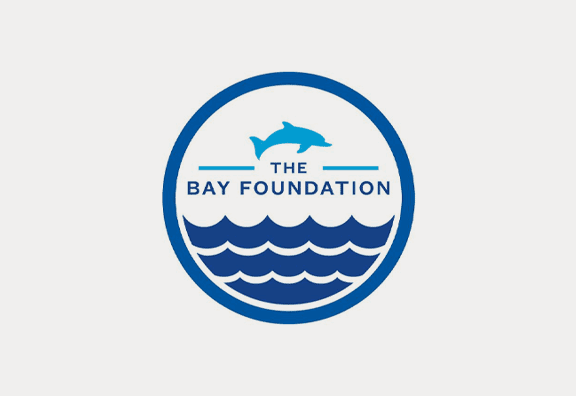Extreme climatic events have recently impacted marine ecosystems around the world, including foundation species such as corals and kelps. Here, we describe the rapid climate-driven catastrophic shift in 2014 from a previously robust kelp forest to unproductive large scale urchin barrens in northern California.
Read MoreThe services of ecological systems and the natural capital stocks that produce them are critical to the functioning of the Earth’s life-support system.
Read MoreSir David Attenborough is supporting a campaign to help save an important marine habitat. Kelp forests off the West Sussex coast are among the most biodiverse environments on the planet, but they have been damaged by changing fishing habits and the dumping of sediment on the seafloor.
Read MoreA sure sign you're a foodie: you can't get enough of the mind-blowing (and totally unique) flavor of sea urchin. It's thought of as a delicacy and can be pricey, and it's no wonder because those urchins are hard to crack into. We got chef Mark Dommen of One Market in San Francisco to show us the magic method to get those tasty bites out of this spiny creature. Bet you didn't know you were eating reproductive organs when you order this.
Read MoreSea urchins love to eat kelp. Kelp loves to sequester carbon. Now sea urchin farmers are removing hungry urchins from kelp fields in California, raising them in captivity to fulfill the world’s hunger for sushi, and saving the kelp to do its important work to help the climate.
Read MoreSea urchins love to eat kelp. Kelp loves to sequester carbon. Now sea urchin farmers are removing hungry urchins from kelp fields in California, raising them in captivity to fulfill the world’s hunger for sushi, and saving the kelp to do its important work to help the climate.
Read MoreUna empresa noruega de "cría en granjas de erizos" quiere recoger los equinodermos de la naturaleza, engordarlos y venderlos en restaurantes.
Read MoreA company wants to take urchins from the wild, then fatten them up for sale.
Read MoreA Norwegian ‘urchin ranching’ company wants to take the echinoderms from the wild, fatten them up and sell them to restaurants.
Read MorePurple urchins continue to plague divers seeking out red urchins throughout California. Blamed on the warm-water Blob, El-Niño and other environmental factors, large beds of giant and bull kelp disappeared, which not only provided food for the red urchins, but contributed to plump egg skeins headed for markets.
Read MoreFind out why California is an ideal location for us to prove how ecological restoration and commercial development of urchin ranching can work hand in hand.
Read MoreThe last of the tiny black spikes is finally out. After days of walking around as if clumsily tip-toeing across hot coals, my heel is now free of sea-urchin spines.
Read MoreIn this episode, we talk about the species of sea urchin that we should be eating more of, not only because they are a delicious upgrade to many standard dishes, but also to help revive Pacific Ocean aquaculture.
Read MoreCalifornia’s kelp forests are currently facing a major threat: deforestation.
Read MoreThis video clip is a short summary of the TV Tokyo program “未来世紀ジパング/Miraiseiki Zipangu” aired in March.
Read MoreSea urchin, a type of marine animal related to sea stars and sand dollars, have been around for some 540 million years. Harvested from Vancouver Island to Baja California on the west coast and along New England’s shoreline from Marine to Massachusetts, sea urchin is prolific, sustainable, and usually available year-round.
Read MoreOur friends at The Bay Foundation created this Time lapse video showing the effects of kelp restoration over time after urchin removal off Palos Verdes Peninsula in southern California.
Read MoreKråkeboller beiter hardt på tareskogen, og mange steder er det oppstått rene «ørkener» på grunn av den hardføre pigghudarten.
Read MoreThe underwater battle being waged along our coast.
Read More



















